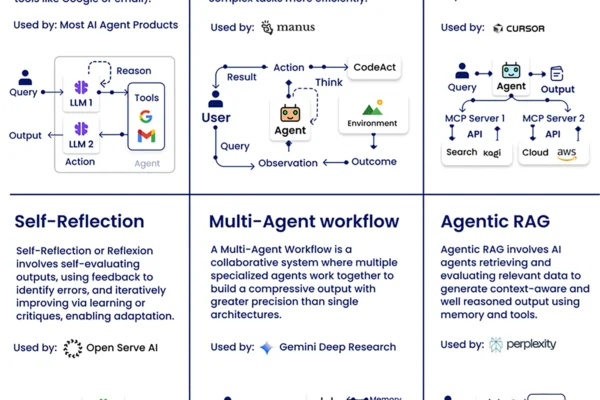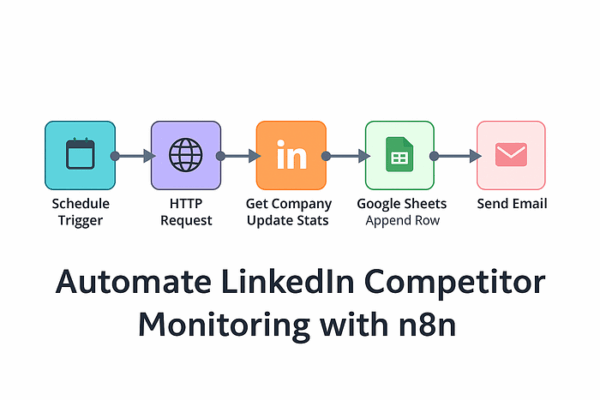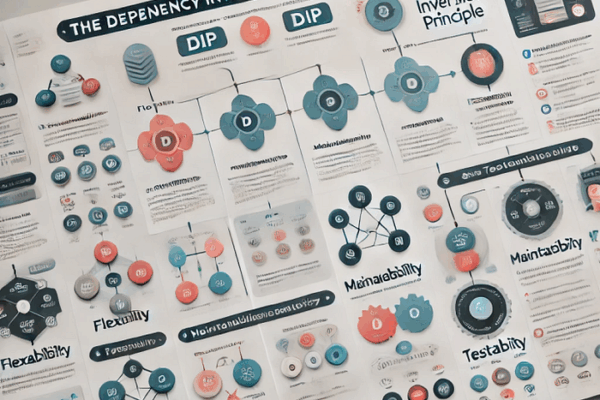
Agentic Design Patterns
Views: 28The Rise of Agentic AI: A Framework for Scalable Intelligence AI Agent Design Patterns are at the forefront of modern application development, enabling intelligent, interactive workflows powered by large language models (LLMs). As these patterns evolve, they redefine how we build systems that think, act, and adapt in real-time… However, a more powerful approach…










